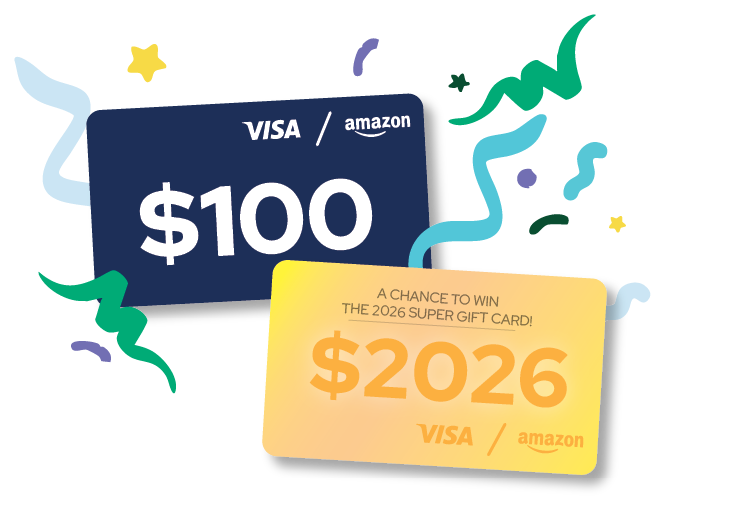Successful dental offices use effective scheduling processes to run smoothly. Dental staff can schedule appointments in many ways, and each approach has benefits and drawbacks. Most businesses opt for automation because scheduling can be tedious using a manual process.
Dental Intelligence's online dental scheduling can help streamline and manage all aspects of patient scheduling. We can help dental offices improve patient retention, schedule appointments, and reduce appointment gaps via automation. When you know the different types of dental office scheduling methods, you can choose the best one for your practice.
1. Time-Specified Scheduling
A time-specific scheduling system books patient appointments at a specific time. The appointment time depends on the reason for the visit and how long it will take to treat the patient. Most dental offices use this scheduling method to maximize appointment volumes and minimize wait times.
This scheduling method can cause scheduling gaps if patients don't show up. Furthermore, dental offices should keep day-to-day slots open to accommodate new patients, walk-ins, or emergencies.
2. Wave Scheduling
Wave scheduling allows you to make appointments for a group of patients in thirty-minute intervals. The dentist usually sees patients in the order in which they arrive. The waves scheduling method ensures that a patient is always waiting for treatment.
Dental offices with many patients will benefit from this scheduling method. However, some patients may not be happy waiting for their turn. To ensure satisfaction, you need to inform patients about delays.
3. Modified Wave Scheduling
A modified wave scheduling method schedules patients in the first half of an hour and keeps the other thirty-minute slot open for special procedures. This scheduling method allows the dentist to accommodate walk-ins, long procedures, and late patients. The modified wave scheduling best suits dental offices with irregular appointments or where patients walk in without making appointments.
4. Open Booking
While there are many types of dental office scheduling methods, open booking offers the most flexibility. Patients can attend their appointments anytime, also known as walk-in scheduling. It's easy for patients to schedule an appointment at their convenience without committing to a set time slot or day.
A major disadvantage is that the dental office can stay open with no customers on some days, while others can be chaotically busy. Predicting patient turnout and analyzing appointment behavior is much more challenging with open booking.
5. Double Booking
Similar to wave scheduling, double booking schedules an appointment for two patients. Making two appointments in a single-time slot can improve patient flow. For example, patient one can visit the dentist, while patient two visits the hygienist for a teeth cleaning.
Only use this method if your dental practice has the required staff and office space. Avoid double booking for the same procedure because the patient waiting may realize that someone else took their appointment time, and that can lead to frustration.
6. Cluster Scheduling
Cluster schedules group patients with similar problems, conditions, and issues in a specific time slot. For example, a dental office may have morning slots for root canals and afternoons for tooth fillings. This method allows you to see many patients quickly, and those returning for regular treatments will experience reduced wait times.
On the downside, errors can occur when dentists and dental assistants perform repetitive tasks. Aside from staff availability, consider how long each procedure takes before scheduling patients.
7. Patient Self-Scheduling
With the help of a self-scheduling portal, website, or text messaging service, patients can schedule appointments online without staff assistance. Patients can view the schedule with time slots available and select the one they prefer. By scheduling their appointments, patients are more likely to show up for appointments, which reduces no-shows and cancellations.
8. Priority Scheduling
Priority scheduling can reserve space for emergency appointments. Dental offices should keep a daily slot or time open for urgent needs. If a patient needs to see the dentist urgently, you can make a same-day appointment.
Best Dental Scheduling Solution for Making Appointments
Dental offices that want to enable their patients to schedule appointments online can use Dental Intelligence's online appointment scheduling software. Our system allows patients to book appointments anytime, anywhere, from any device.
Contact Dental Intelligence today to schedule a demo and for more information on types of dental office scheduling and how it works with our online dental scheduling system.



.jpeg)


